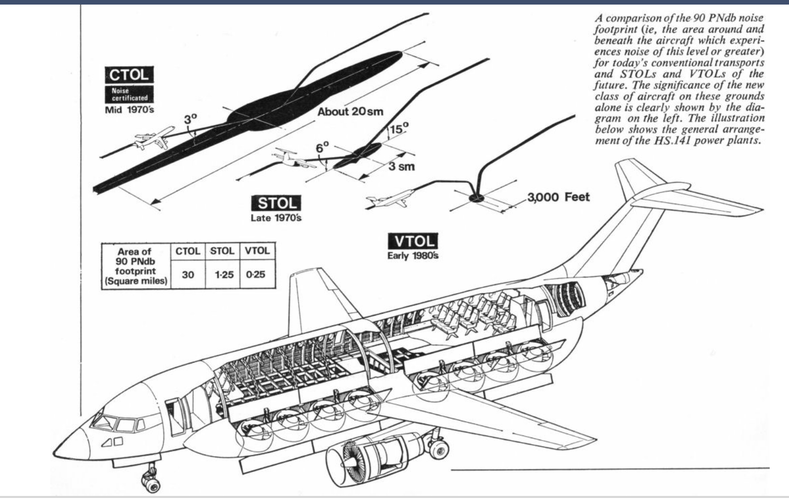It was a bloated monster, indeed. Like too many VSTOL projects in the 60's. Back then engineers seemed to believe lift jets like the XJ99 were some kind of
magical anti-gravity devices you could pack in large numbers in any airframe and boom, voilà, "VSTOL Tornado" (AVS).
Hot gases re-ingestion ? Ground erosion ? insane fuel consumption ? what's that ? Oh, and let's add variable geometry, just because its
trendy...
There was even a nuclear VSTOL Concorde early study by Sud Aviation, circa 1960-62...



There is also a british airliner (can't remember the name) with banks of lift-jets on the sides of the fuselage, to make it VSTOL.
Eureka ! no need for runways !

